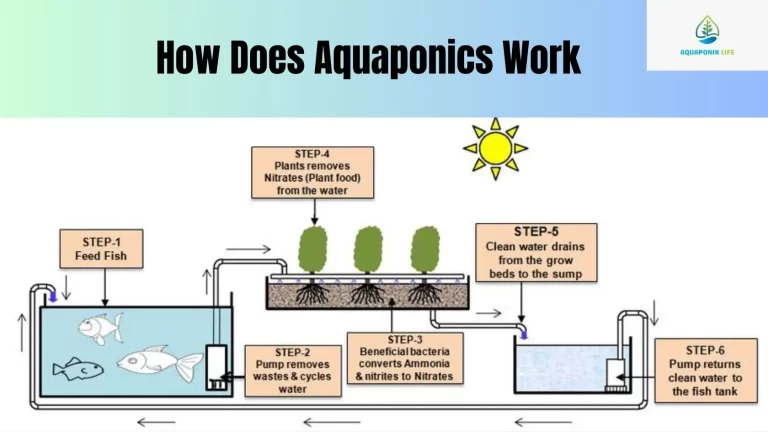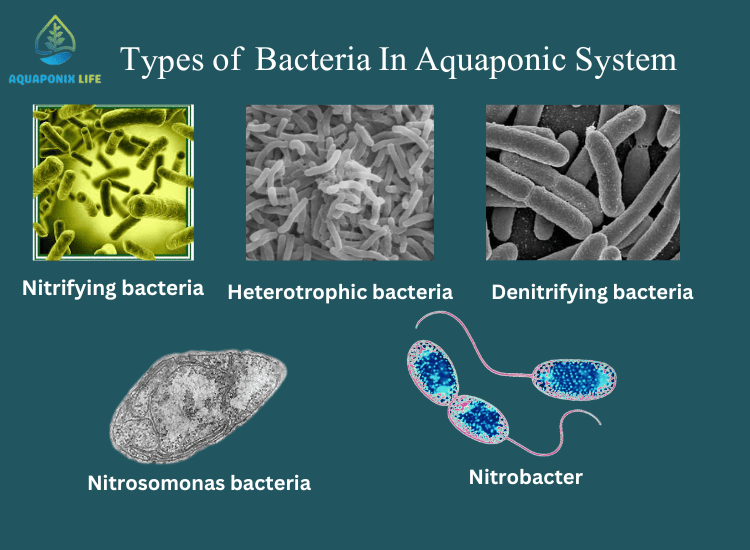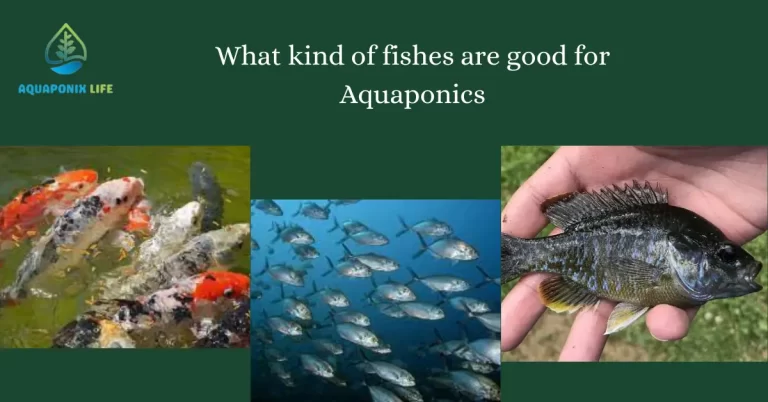A Comparison Between Aquaponics And Hydroponics: what you need to know
Understanding Both Systems:
Aquaponics and hydroponics are soil-free food production methods. Aquaponics uses fish waste as nutrients for plants, but hydroponics uses synthetically formulated chemicals for plants. Let’s explore a comprehensive secret between aquaponics and hydroponics, the pros and cons, and even which is best for future farming. This article goes into depth about these two growing methods so that you can identify which option is best for you.
What Is Aquaponics?
Aquaponics is a growing method that combines both plants and fishes to grow in the same environment. In this growing technique, bacteria in the soil help break down fish waste and convert it into nitrites and nitrates. Both act as food for plant growth, which creates a helpful, effective, and efficient growth cycle.
What Is Hydroponic?
Hydroponics is also a growing technique in which plants grow without using soil. The roots of these plants, rich with nutrients, are suspended directly into the water.

Components Of Aquaponics And Hydroponics
Aquaponics:
Aquaponics is soil-free, and food production methods use fish waste for plant growth. There are three components of aquaponics:
- Fish tanks: The fish tank is the plant’s central component and nutrient-rich water source. The plant absorbs fish waste from water and grows beds to help filter and clean the water before it is returned to the fish tanks.
- Grow beds: The area where plants are cultivated in aquaponics is called a grow bed. The bed is usually filled with clay pellets or lava rock to support plants’ roots.
- Beneficial bacteria: In aquaponics, beneficial bacteria convert poisonous ammonia into nitrites and nitrates. The fish excrete this ammonia, and after conversion, it is an essential nutrient for the plants as nitrates and nitrites.
These bacteria colonize the grow beds, and the fish tank is used to maintain water quality by creating a biological filter.”
Hydroponic:
Hydroponic is a water-based solution and a useful process that can produce high-quality yields. There are three important components are following:
- Nutrient Solution: In hydroponics, the balanced nutrient solution provides for plant growth with all the essential elements they need. It is made by dissolving fertilizer in water that receives the optimal nutrient levels for the growth and development of plants.
- Growing Season: The advantages of the growing season extend throughout the year. The plant receives nutrients directly from the nutrient solution. They can be cultivated, but it depends on weather and soil conditions.
- Water Reservoir: In hydroponics, The nutrient solution can be held and circulated with the help of a water reservoir; therefore, it is a central zed water source for plants. It provides drip irrigation, nutrient film techniques, nutrient solution PH, and other hydroponic strategies.
Aquaponics Vs Hydroponics:
a) Similarities:
Aquaponics and Hydroponics have some similarities are following:
- Both offer expanded growth seasons throughout the year
- Sped-up plant growth directs to a higher yield
- Reduce negative environmental impact compared to traditional farming
- Both are useful methods for faster growth of plants.
b)Difference:
Aquaponics and Hydroponics share some similarities, but it is crucial to understand their difference
- Cost of chemical nutrients
- Retain nutrient solution
- Productivity
- Ease of maintenance
- Organic growth
- PH
- Pesticide
- Plant ecosystem
- Insect control
- Disease majority
- Temperature
- Sustainability
1) Cost Of Chemical Nutrients:
Hydroponics uses chemical nutrient solutions, which have high costs set up for farmers. In contrast, Aquaponics has a higher initial setup cost due to the fish tank, aquatic environment management, and fish care.
2) Retain Nutrient Solution:
Hydroponics requires constant monitoring, adjustment, and maintaining optimum nutrient levels of nutrient solution. In Aquaponics, the nutrient-rich water is constantly circulated and filtered, reducing the need for adjustments by the plants
3) Productivity:
Aquaponics normally has higher productivity than hydroponics due to the different benefits of fish waste as a nutrient source. The symbiotic connection between fish and plants enhances overall productivity in aquaponic systems.
4) Ease Of Maintenance:
Hydroponic systems are naturally easier to maintain compared to aquaponic systems. Aquaponic systems need daily monitoring of fish health, water quality, and bacterial activity to provide a healthy and balanced ecosystem.
5) Organic Growth:
The environment of the aquaponics system is essentially man-made. It has a distinct advantage when it comes to organic farming. The use of natural information, the lack of chemical fertilizers, and the support of a closed-loop ecosystem make aquaponics an intent for organic and pesticide-free cultivation. While not innately organic, hydroponics can be adjusted to organic practices by appointing approved organic nutrient solutions.
6) PH:
PH is the major component of water dependent on growing methods. So, Maintaining pH levels can be more difficult in hydroponics than aquaponics. The fish waste in aquaponics works as a buffer, stabilizing the pH naturally, whereas pH changes are more common in hydroponic systems.
7) Pesticide Use:
Both aquaponics and hydroponics especially reduce the need for pesticides. However, due to the absence of biological and bacterial ecosystems, hydroponics may face more pressure from pests and diseases.
8) Ecosystem
The ecosystem is a community that creates an environment by interacting with the organism.
Plants, fish, microbes, and herbs create an ecosystem in aquaponics. In contrast, hydroponics can not be considered an ecosystem.
9) Insect Control
In aquaponics, fish is a natural barrier against certain insects and pests.
Due to the absence of fish, hydroponics may require more preventive criteria for insect control, such as introducing beneficial insects, using organic insecticides, and physical barriers that might be vital to protect the plants from pests.
10) Disease majority
Aquaponics systems have proven certain plant diseases due to the continuous flow of nutrients and the bacteria’s beneficial presence. The bacteria in the system help suppress toxic pathogens, reducing the risk of disease explosions among plants.
In Hydroponics, nutrient control can sometimes create an atmosphere conducive to certain plant diseases.
11) Temperature
Aquaponics water temperature impacts both fish and plant life. Ideally, aim for 20-30°C to keep everyone happy.
In aquaponics, the water temperature affects fish survival, indirectly affecting plant growth.
Hydroponics systems maintain an optimal temperature range for plant growth between 18 and 25 degrees Celsius. Controlling the temperature provides an ideal environment for maximum growth potential.
12) Sustainability:
Aquaponics is more sustainable than hydroponics for reasons such as a closer system for recycling water, nutrients, and waste products.
However, hydroponic crops save water, resources, and land and are key to sustaining an environment.
Advantages And Disadvantages Of Aquaponics And Hydroponics
There are some pros and cons of aquaponics and hydroponics are given in tabular form through an image :

How Do Aquaponic And Hydroponic Work?
Aquaponics and hydroponics work differently, but these plants need two things:
- Essential nutrients
- Water
Due to this, the nutrients are mixed within the water and delivered to the root zone to provide the resources needed for optimal growth of the plant. In aquaponics, fishes excrete waste that contains ammonia into water. Then beneficial bacteria convert this ammonia into nutrients such as nitrates and nitrites that are essential for plant growth as water flows through the grow beds. The plant absorbs these nutrients, purifying and recirculating the water to the fish tank.
In hydroponics, plants grow directly in a soilless medium, receiving a continuous flow of nutrient-rich water or a periodic irrigation of the nutrient solution. The plant’s roots take up the essential nutrients directly from the water, promoting rapid and efficient growth.
Which One Is Best? Does It Matter?
Now comes the big question: which one is better than the other?
Both aquaponics and hydroponics have various benefits, such as faster plant growth, higher yield, various environmental impacts, and soil-based gardening. It depends on your goals, available sources, and the preference of the grower. The decision is based on the needs, interests, and constraints of the business or individual.
I can not answer the above question of which is the best, and no one will help you choose between aquaponics and hydroponic wells. “It does not matter which is better; you should choose based on your needs and interests.”
FAQs
What kills fish in aquaponics?
The tilapia fish in which Nitrite is toxic to fishes at level 5 ppm therefore, nitrite level should be maintained at 1pmm or below.
Which are the fastest-growing fish in aquaponics?
Tilapia is the fastest-growing fish in aquaponics.
Can I grow plants other than vegetables in aquaponics or hydroponics?
In aquaponics and hydroponics, you can grow various plants, including herbs, flowers, and even fruit-bearing plants.
Final Decision:
Aquaponics and hydroponics are plant growth methods depending on individual preferences, available resources, and specific goals. While aquaponics offers a self-sustaining ecosystem and organic benefits, hydroponics provides faster growth rates and efficient space utilization.
While many believe aquaponics is a better option due to sustainability, both have distinct advantages and disadvantages in soil garden-based soil. Understanding the advantages and disadvantages of each method can help growers make an informed decision that aligns with their unique circumstances
Resources
https://www.trees.com/gardening-and-landscaping/hydroponics-vs-aquaponics
https://www.canr.msu.edu/resources/aquaponics-hydroponics







